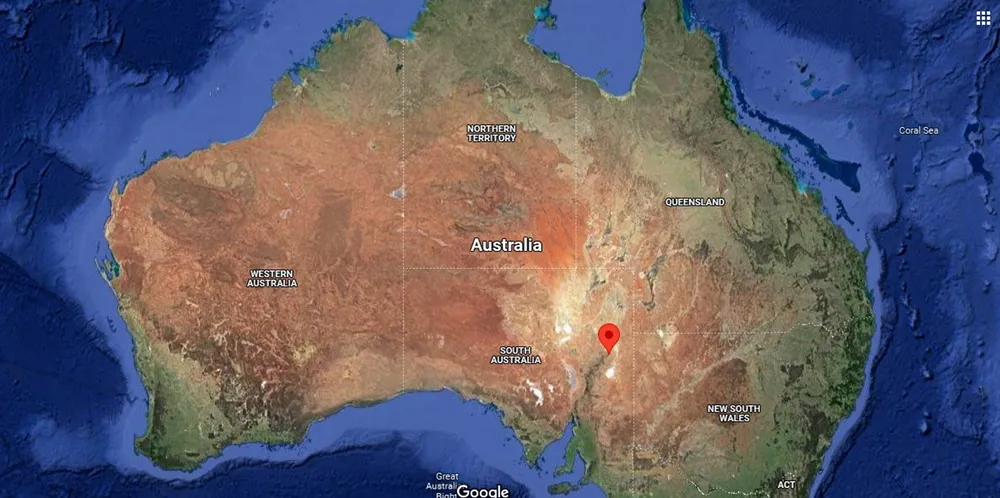New 6GW green hydrogen project in Australia eyes ammonia export to Japan and Korea
Facility will combine about 3GW of wind and 3GW of solar with a desalination plant and a 500km H2 pipeline to a nearby port

Facility will combine about 3GW of wind and 3GW of solar with a desalination plant and a 500km H2 pipeline to a nearby port
